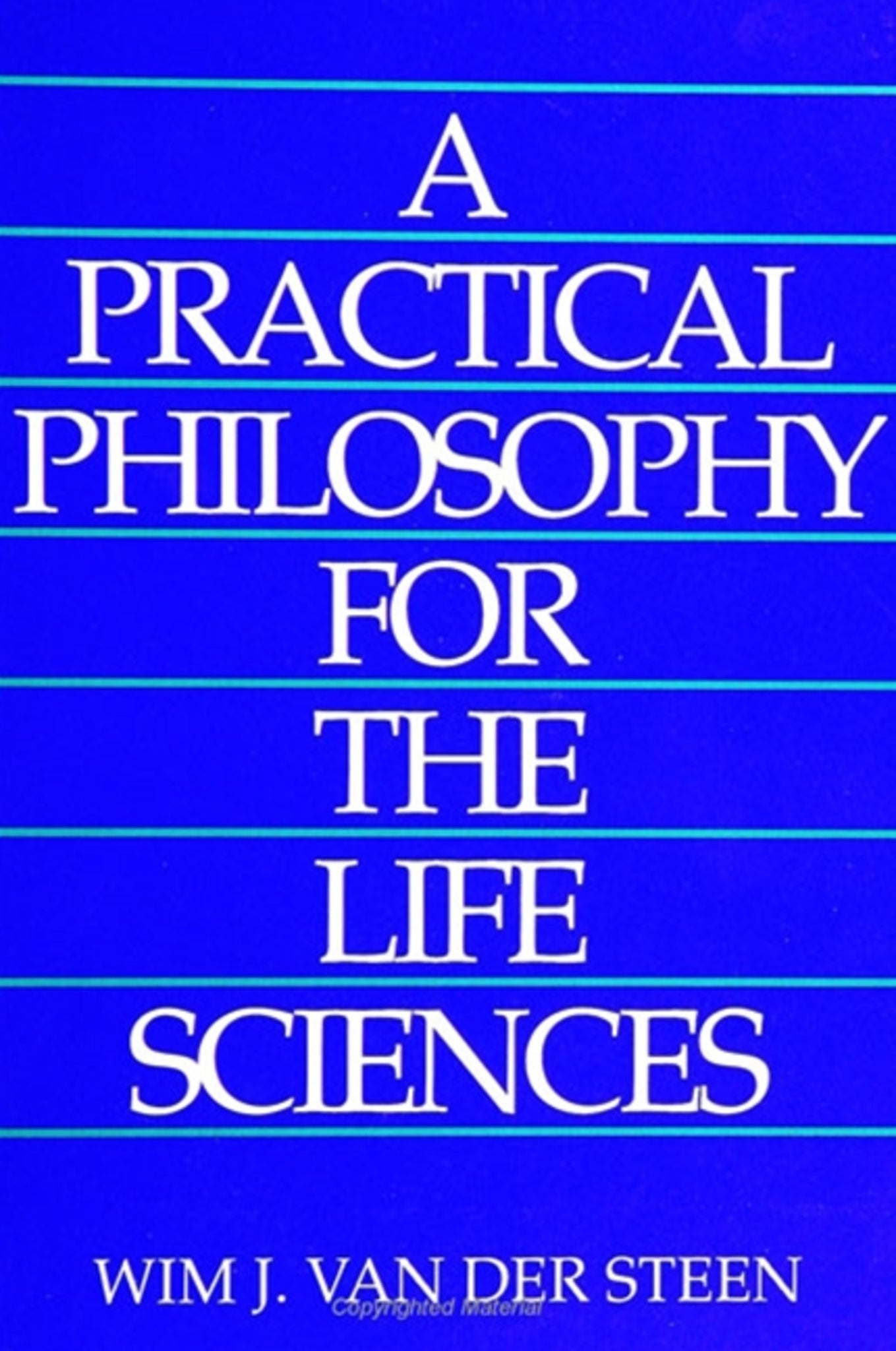We're sorry. An error has occurred
Please cancel or retry.
A Practical Philosophy for the Life Sciences

Some error occured while loading the Quick View. Please close the Quick View and try reloading the page.
Couldn't load pickup availability
- Format:
-
01 July 1993

This book integrates philosophy of biology and philosophy of medicine with the purpose of making philosophy practical for students and scientists. It contains many exercises and examples from live science. Much attention is given to the translation of scientific reasoning into the language of philosophy. The author shows that philosophical models can be used to evaluate science, if the limitations of the models are recognized so they can be applied in the proper context. On the other hand, some philosophical views of science need to be corrected by science.
The book puts philosophy and science in a broader perspective. It integrates practical philosophy and ethics in applications to live science and uncovers limitations of current ethical theory.


Preface
Acknowledgments
1. Introduction
2. Concepts
2.1. The Logical and The Empirical
2.2. Definitions
2.3. Empirical Reference, Operationality and Coherence
2.4. Concepts and Classifications
2.5. Hard Cases
2.6. Afterthoughts
3. Arguments and Fallacies
3.1. Deduction and Induction
3.2. Evaluating Arguments
3.3. Fallacies
3.4. More on Induction
3.5. Afterthoughts
4. Elements of Formal Logic
4.1. Propositional Logic
4.2. Predicate Logic
4.3. Inductive Logic
4.4. Asides on Causation
4.5. Afterthoughts
Appendix to Chapter 4
5. Scientific Research: An Overview
6. Hypotheses
6.1. Evaluating Hypotheses
6.2. Testability and The Process of Testing
6.3. Alternative Hypotheses
6.4. Controlled Experimentation
7. Laws and Theories
7.1. Preliminaries
7.2. Generality
7.3. Coherence
7.4. Concepts Revisited
7.5. Afterthoughts
8. Explanation
8.1. Explanations as Arguments
8.2. Causation, Prediction and Alternative Explanations
8.3. Special Cases
8.4. Afterthoughts
9. Facts and Values
9.1. Preliminaries
9.2. Distinguishing Facts and Values
9.3. Analysing Arguments: The Use of Methodology
9.4. Deplorable Gaps
9.5. Bias: Miscellaneous Examples
Appendix to Chapter 9
10. Disciplines and Dutch Dikes
Answers to Exercises
Bibliography
References
Index



